Mayada Hadhoud
Start Small: Training Game Level Generators from Nothing by Learning at Multiple Sizes
Sep 29, 2022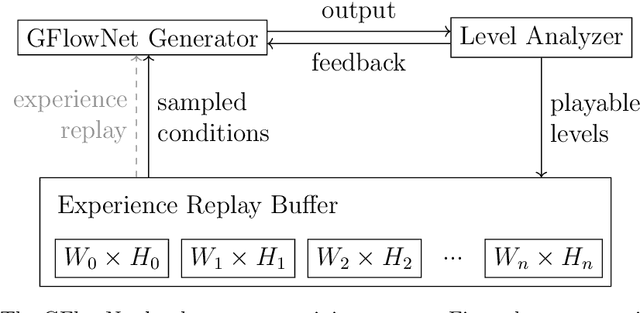
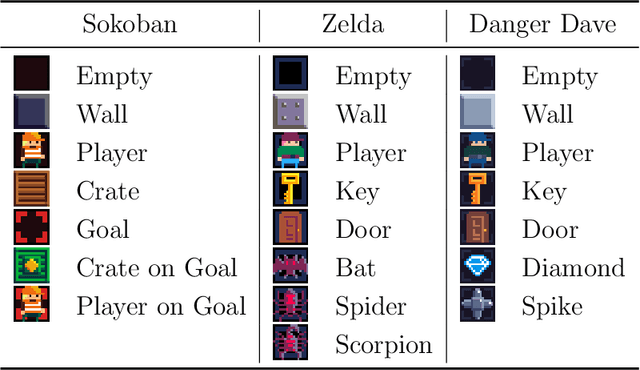
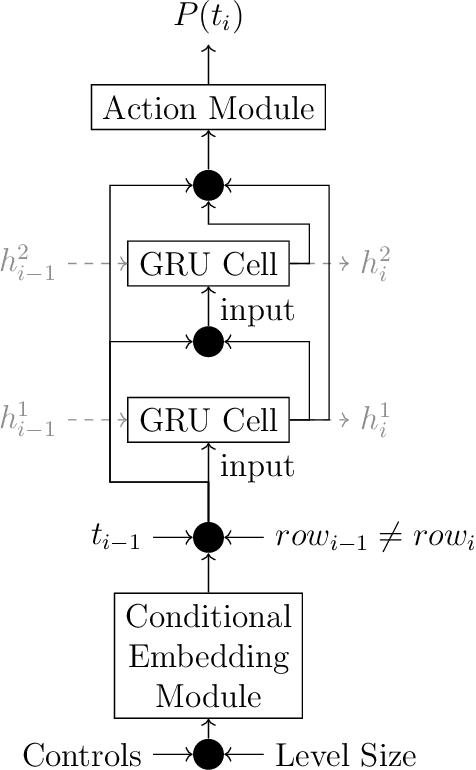
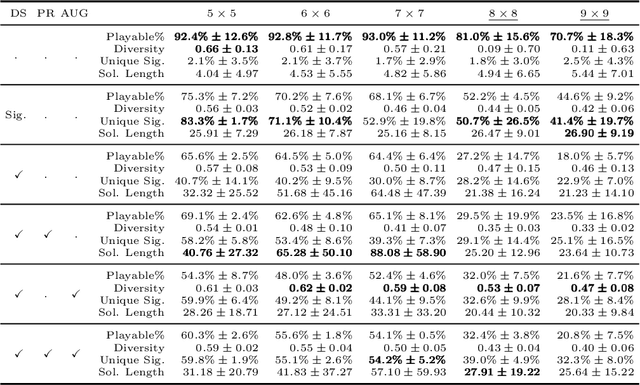
Abstract:A procedural level generator is a tool that generates levels from noise. One approach to build generators is using machine learning, but given the training data rarity, multiple methods have been proposed to train generators from nothing. However, level generation tasks tend to have sparse feedback, which is commonly mitigated using game-specific supplemental rewards. This paper proposes a novel approach to train generators from nothing by learning at multiple level sizes starting from a small size up to the desired sizes. This approach employs the observed phenomenon that feedback is denser at smaller sizes to avoid supplemental rewards. It also presents the benefit of training generators to output levels at various sizes. We apply this approach to train controllable generators using generative flow networks. We also modify diversity sampling to be compatible with generative flow networks and to expand the expressive range. The results show that our methods can generate high-quality diverse levels for Sokoban, Zelda and Danger Dave for a variety of sizes, after only 3h 29min up to 6h 11min (depending on the game) of training on a single commodity machine. Also, the results show that our generators can output levels for sizes that were unavailable during training.
INSTA-YOLO: Real-Time Instance Segmentation
Feb 12, 2021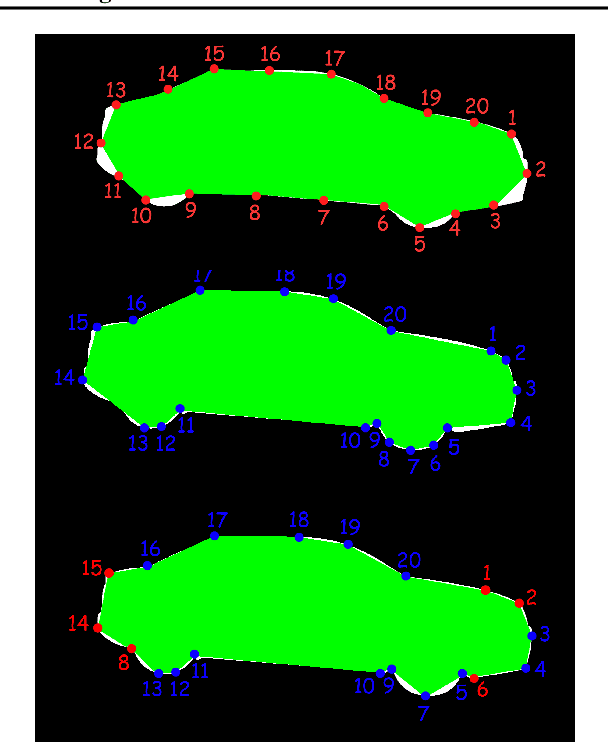
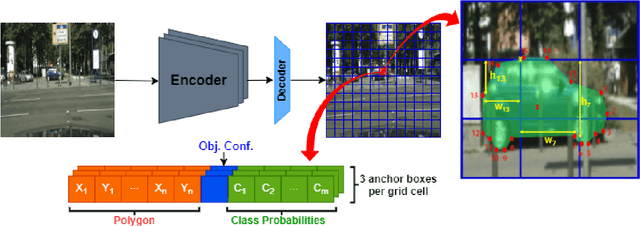
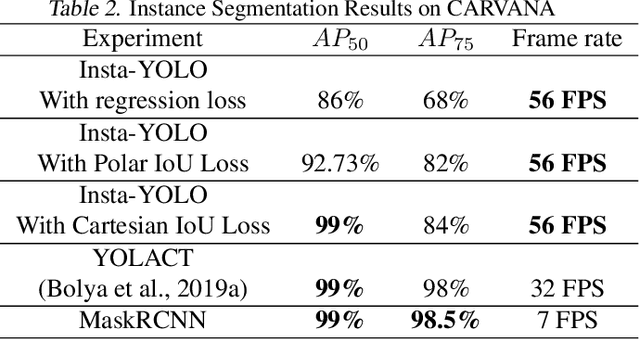
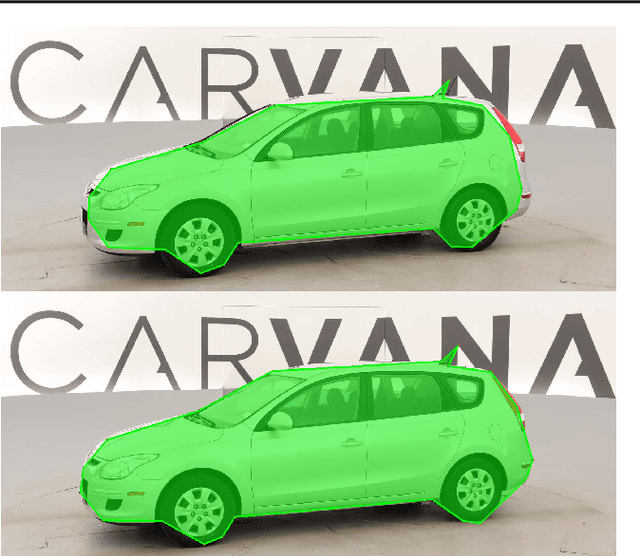
Abstract:Instance segmentation has gained recently huge attention in various computer vision applications. It aims at providing different IDs to different objects of the scene, even if they belong to the same class. Instance segmentation is usually performed as a two-stage pipeline. First, an object is detected, then semantic segmentation within the detected box area is performed which involves costly up-sampling. In this paper, we propose Insta-YOLO, a novel one-stage end-to-end deep learning model for real-time instance segmentation. Instead of pixel-wise prediction, our model predicts instances as object contours represented by 2D points in Cartesian space. We evaluate our model on three datasets, namely, Carvana,Cityscapes and Airbus. We compare our results to the state-of-the-art models for instance segmentation. The results show our model achieves competitive accuracy in terms of mAP at twice the speed on GTX-1080 GPU.
 Add to Chrome
Add to Chrome Add to Firefox
Add to Firefox Add to Edge
Add to Edge